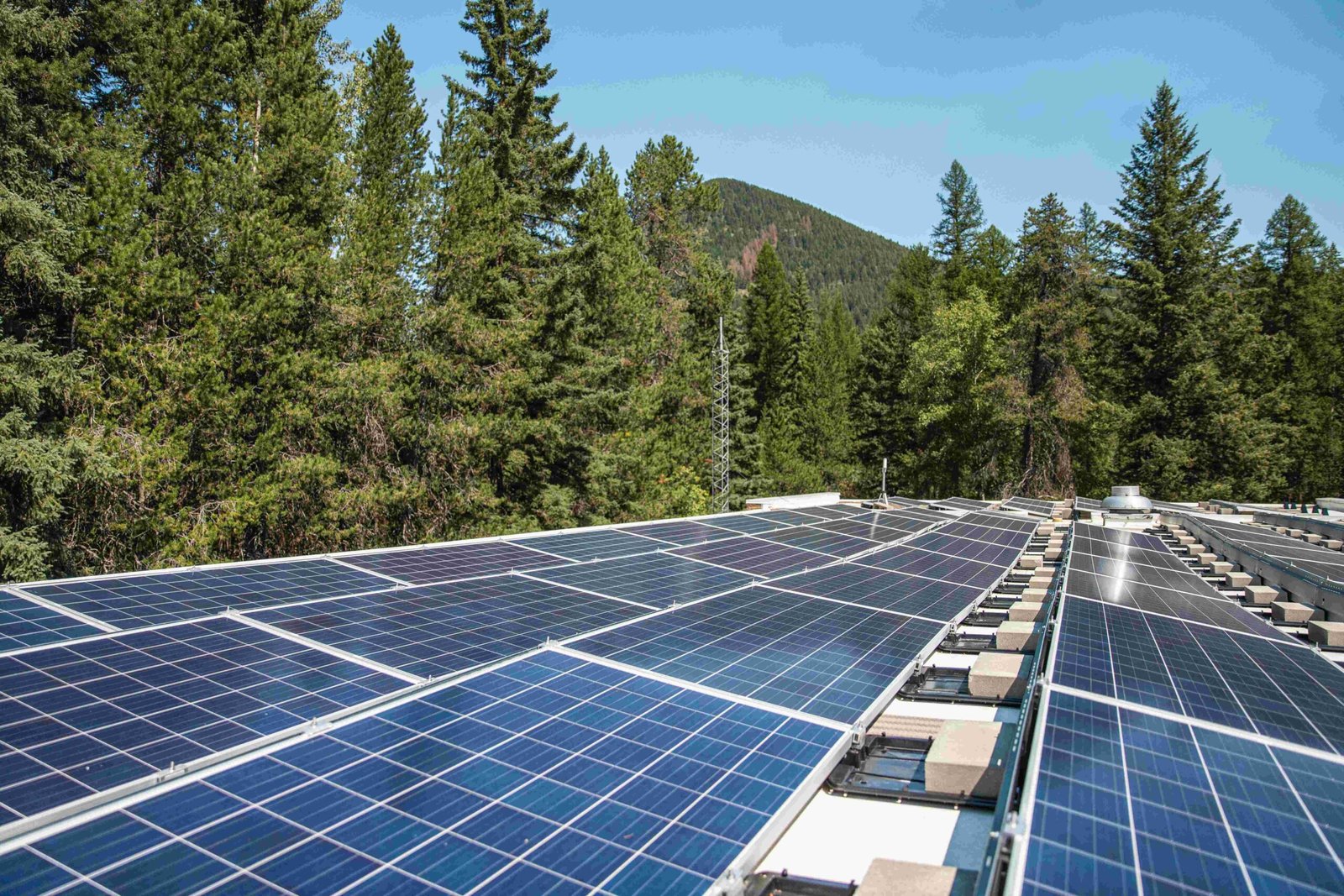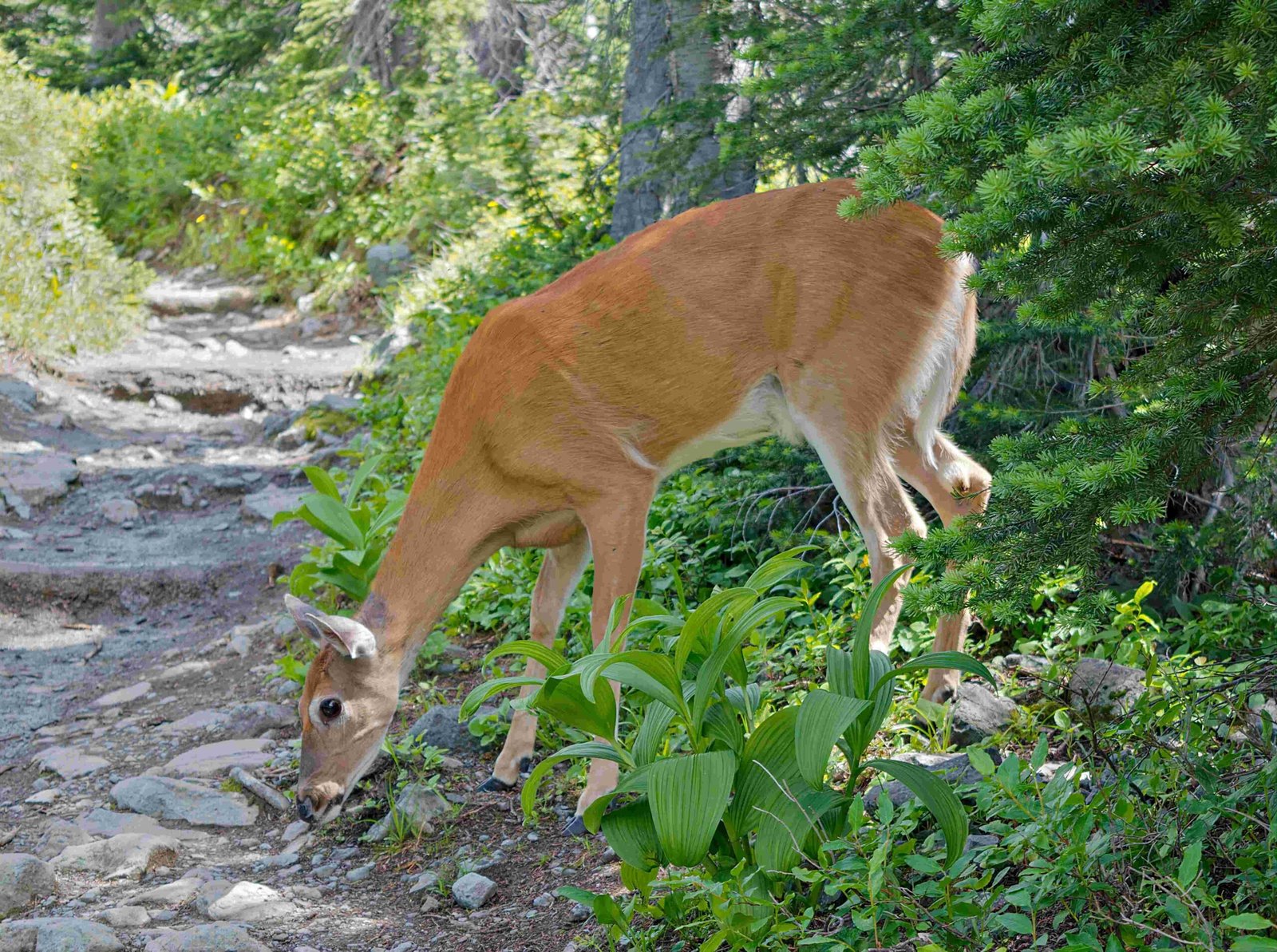Glacier National Park operates within the Mountain Time Zone, specifically observing Mountain Daylight Time (MDT) during the daylight saving period. This timezone impacts various aspects of park operations, visitor activities, and trip planning. Understanding the Glacier National Park timezone is crucial for maximizing your visit, coordinating activities, and ensuring you don’t miss out on any of the park’s breathtaking experiences. Let’s delve into the details of this timezone and how it affects your park adventure.
What Is the Current Time Zone in Glacier National Park?

Glacier National Park follows the Mountain Time Zone. During daylight saving time, which typically runs from March to November, the park observes Mountain Daylight Time (MDT). This means the park is 6 hours behind Coordinated Universal Time (UTC-6).
Here’s a quick reference for the Glacier National Park timezone:
- Standard Time: Mountain Standard Time (MST), UTC-7
- Daylight Saving Time: Mountain Daylight Time (MDT), UTC-6
How Does Glacier National Park’s Timezone Compare to Other U.S. Time Zones?

Understanding how Glacier National Park’s timezone relates to other U.S. time zones can help you plan your trip more effectively, especially if you’re traveling from a different part of the country. Here’s a comparison:
| Time Zone | Difference from MDT |
|---|---|
| Eastern Time (ET) | 2 hours ahead |
| Central Time (CT) | 1 hour ahead |
| Pacific Time (PT) | 1 hour behind |
| Alaska Time (AKT) | 2 hours behind |
| Hawaii-Aleutian Time (HAT) | 4 hours behind |
For example, when it’s 12:00 PM (noon) in Glacier National Park during daylight saving time:
– It’s 2:00 PM in New York (ET)
– It’s 1:00 PM in Chicago (CT)
– It’s 11:00 AM in Los Angeles (PT)
– It’s 10:00 AM in Anchorage (AKT)
– It’s 8:00 AM in Honolulu (HAT)
When Does Daylight Saving Time Start and End in Glacier National Park?
Daylight Saving Time (DST) affects the Glacier National Park timezone twice a year. Here are the key dates to remember:
- DST Start: Second Sunday in March at 2:00 AM local time
- Clocks move forward one hour (e.g., 2:00 AM becomes 3:00 AM)
-
Park switches from MST to MDT
-
DST End: First Sunday in November at 2:00 AM local time
- Clocks move backward one hour (e.g., 2:00 AM becomes 1:00 AM)
- Park switches from MDT back to MST
For 2024, the specific dates are:
– DST Start: Sunday, March 10, 2024
– DST End: Sunday, November 3, 2024
Remember to adjust your clocks and schedules accordingly if your visit coincides with these transition periods.
How Does the Timezone Affect Park Operations and Visitor Services?
The Glacier National Park timezone plays a crucial role in the park’s daily operations and visitor services. Here’s how it impacts various aspects of your park experience:
-
Visitor Center Hours: Operating hours are based on the current local time. During daylight saving time, centers may stay open later due to extended daylight.
-
Ranger-led Programs: Activity schedules are set according to the local time. Be sure to double-check times if you’re visiting during a time change.
-
Shuttle Services: Bus schedules follow the local time. Daylight saving time may allow for extended evening services.
-
Campground Check-in/Check-out: These times are based on the current Glacier National Park timezone. Adjust your arrival and departure plans accordingly.
-
Backcountry Permit Office: Hours of operation follow the local time. Plan your permit acquisition around the current timezone.
-
Sunrise and Sunset Times: These natural events shift with the timezone changes, affecting optimal times for activities like photography or wildlife viewing.
What Should Visitors Know About Planning Activities Around the Park’s Timezone?
When planning your activities in Glacier National Park, keep these timezone-related tips in mind:
-
Hiking Start Times: Begin your hikes early to make the most of daylight hours, especially during Mountain Standard Time when days are shorter.
-
Photography Planning: Golden hour and blue hour times shift with timezone changes. Adjust your photography schedule accordingly for the best light.
-
Wildlife Viewing: Many animals are most active at dawn and dusk. Plan your wildlife watching around these times, considering the current timezone.
-
Stargazing: During Mountain Daylight Time, you may need to stay up later for optimal stargazing conditions due to extended daylight.
-
Boat Tours: Schedule these activities with awareness of the park’s timezone to ensure you don’t miss departure times.
-
Reservation Times: When making reservations for activities or dining, confirm whether the times are in MDT or MST, depending on the season of your visit.
How Can Visitors Stay Updated on Glacier National Park’s Current Time?
Staying informed about the current time in Glacier National Park is essential for a smooth and enjoyable visit. Here are some ways to keep track:
-
Official Park Website: Check the park’s official website for current time information and any timezone-related announcements.
-
Visitor Centers: Upon arrival, confirm the current time with park staff at visitor centers.
-
Mobile Apps: Use reliable time zone apps that include Glacier National Park’s location for real-time updates.
-
Local News: Montana news stations often provide timezone reminders during transition periods.
-
Ask Park Rangers: When in doubt, park rangers can provide the most up-to-date information on the current time and any related changes to park operations.
What Are Some Common Timezone Mistakes Visitors Make and How to Avoid Them?
Even seasoned travelers can make timezone-related mistakes. Here are some common errors and how to avoid them:
- Forgetting the Time Change:
- Mistake: Arriving an hour early or late for activities due to timezone confusion.
-
Solution: Set your watch and devices to the local time immediately upon arrival.
-
Misunderstanding Daylight Saving Time:
- Mistake: Planning activities based on the wrong timezone during DST transitions.
-
Solution: Double-check the dates for DST changes and adjust your schedule accordingly.
-
Confusion with Neighboring Time Zones:
- Mistake: Mixing up Mountain Time with Pacific or Central Time.
-
Solution: Use a reliable timezone converter when planning your trip from a different time zone.
-
Overlooking Timezone Impact on Daylight Hours:
- Mistake: Not accounting for earlier sunsets in MST when planning evening activities.
-
Solution: Research sunrise and sunset times for your specific travel dates.
-
Booking Transportation Incorrectly:
- Mistake: Scheduling flights or ground transportation without considering timezone differences.
- Solution: Always confirm the timezone when making travel arrangements to and from the park.
By being aware of these common mistakes, you can ensure that your visit to Glacier National Park is well-timed and free from timezone-related confusion.
How Does the Glacier National Park Timezone Affect Seasonal Activities?
The Glacier National Park timezone influences various seasonal activities throughout the year. Here’s a breakdown of how the timezone impacts different seasons:
Summer (June – August):
- Longer daylight hours during MDT allow for extended evening activities.
- Early sunrise times (around 5:30 AM MDT) provide opportunities for dawn hikes and wildlife viewing.
- Late sunsets (around 9:30 PM MDT) extend the time for outdoor exploration.
Fall (September – November):
- Transition from MDT to MST in early November shortens evening daylight.
- Adjust fall foliage viewing times as daylight hours decrease.
- Earlier sunsets in MST (around 5:00 PM) require careful planning for late afternoon hikes.
Winter (December – February):
- Short daylight hours in MST limit daytime activities.
- Plan winter sports and activities to make the most of the limited sunlight (sunrise around 8:00 AM, sunset around 5:00 PM MST).
- Extended dark hours provide excellent opportunities for stargazing and northern lights viewing.
Spring (March – May):
- Transition from MST to MDT in early March extends evening daylight.
- Gradually increasing daylight hours allow for more flexible activity scheduling.
- Plan for earlier sunrise times as spring progresses, ideal for morning nature walks.
Understanding these seasonal timezone effects can help you maximize your experience in Glacier National Park throughout the year.
By familiarizing yourself with the Glacier National Park timezone and its various impacts, you can ensure a well-planned and enjoyable visit to this stunning natural wonder. Remember to always check current park information and adjust your plans accordingly to make the most of your time in this breathtaking landscape.
References:
– Time and Date – West Glacier, MT
– TagHeuer Magazine – Mountain Time Zone
– 24 Time Zones – West Glacier, MT